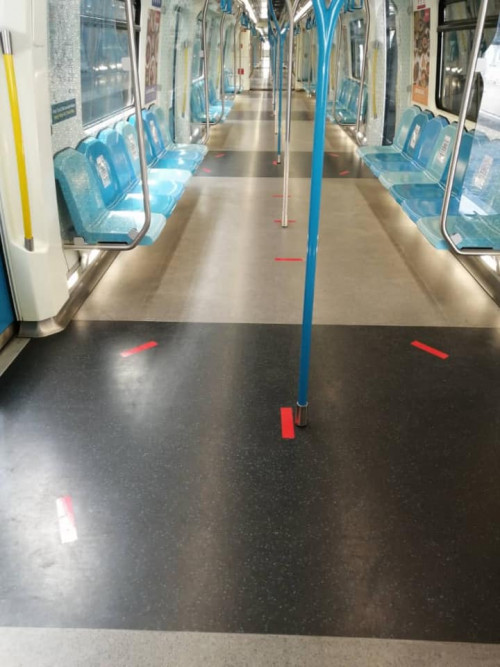
The expectation of MPD 2041 that 50 per cent of Delhi’s population will be within the influence zone of mass transit by 2041 and mixed-use development will encourage shift towards public transport, can be fulfilled only if neighbourhood-level design and infrastructure improve for safe and efficient access,” she added. “This requires immediate improvement in neighbourhood-scale accessibility to bus and metro services and minimisation of interchanges. “If such a massive load of daily motorised travel trips are not shifted to public transport to achieve the MPD 2041 target of modal split of 80:20 in favour of public and shared transport, Delhi will remain locked in pollution and carbon trap,” says CSE Executive Director Anumita Roychowdhury.

By then, Delhi would generate 46.2 million motorised trips daily. The draft Delhi Master Plan 2041 (MPD 2041) estimated the city’s population at 27-30 million by 2041 50 per cent of this increase will happen due to migration. This is the conclusion of a new report, How accessible are low income settlements: The case of Delhi, released Augby Delhi-based non-profit Centre for Science and Environment (CSE). If all settlements of Delhi - planned and unplanned - are not equally well connected with public transport services and are not made accessible, the capital will fail to implement fully its sustainable, low-emission forms of travel (like walking, cycling or public transport). Planned and richer areas are comparatively better connected, but are still not up to the mark.

Unplanned, low-income areas in Delhi have very limited access to affordable and efficient public transport services.


 0 kommentar(er)
0 kommentar(er)
